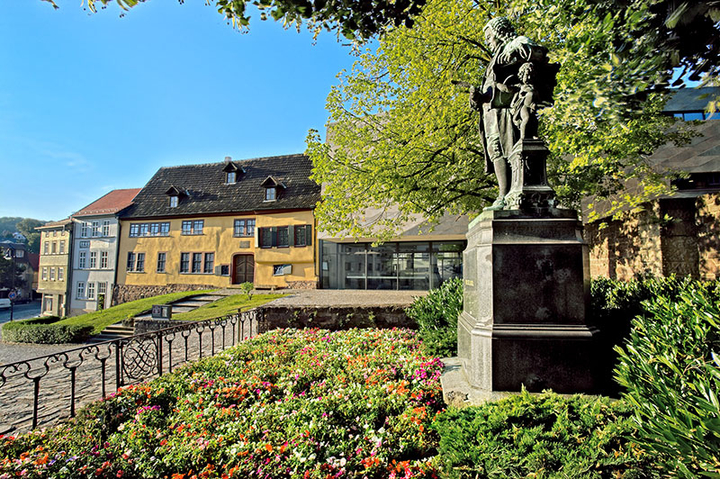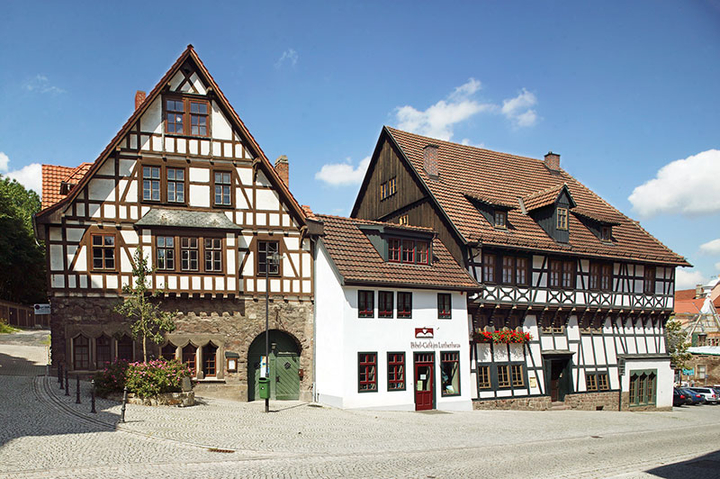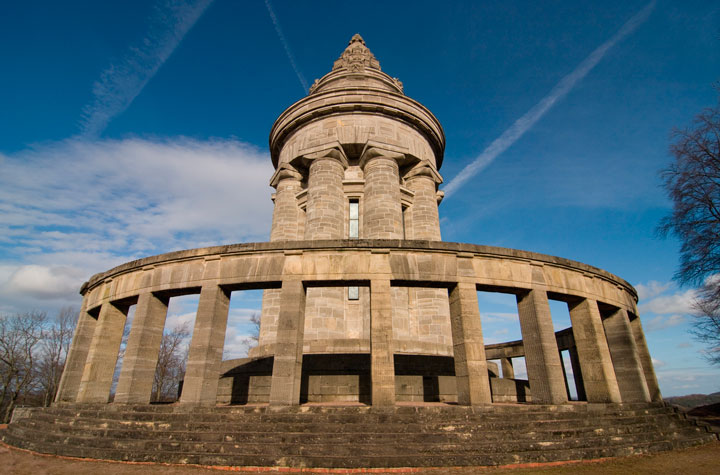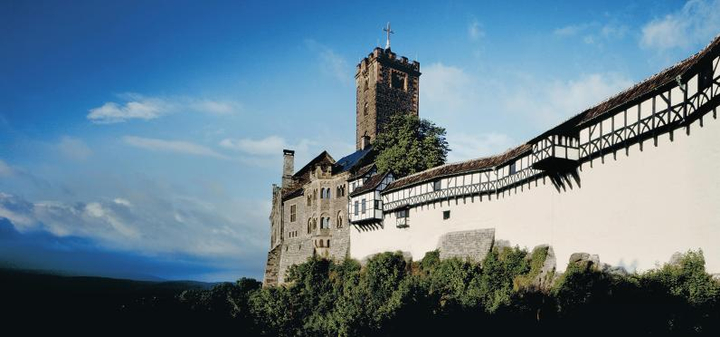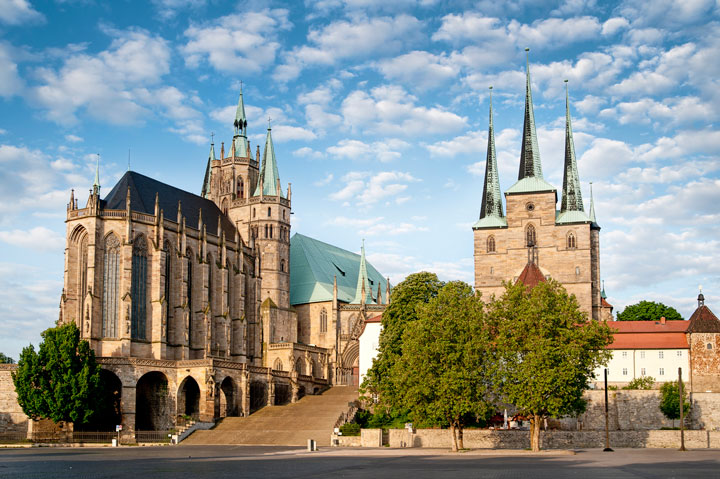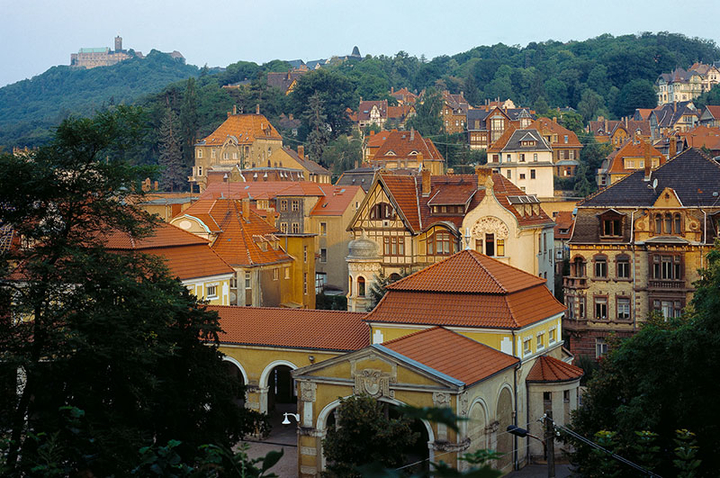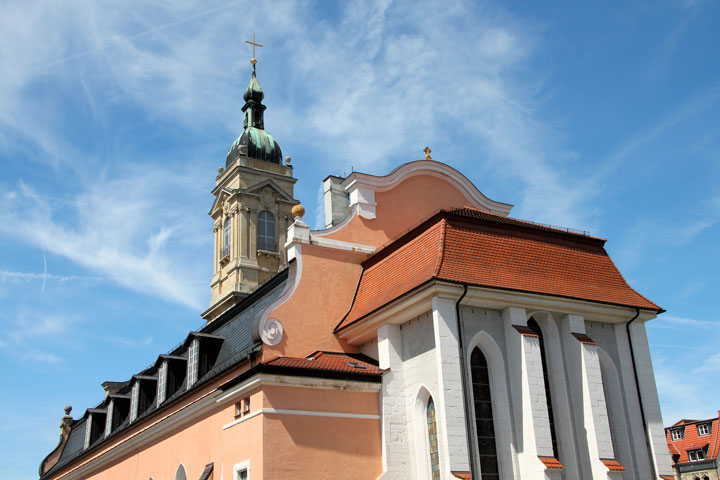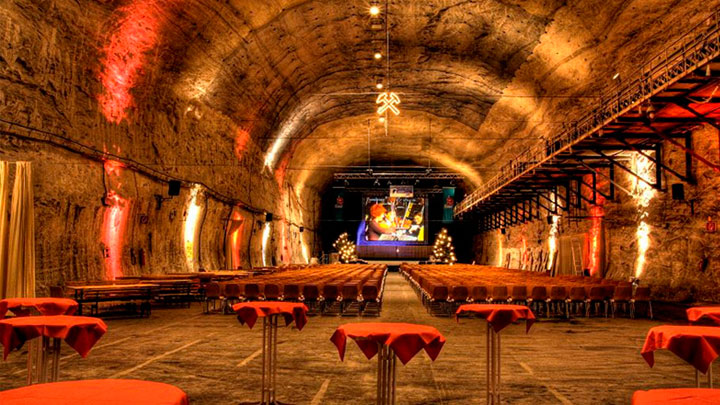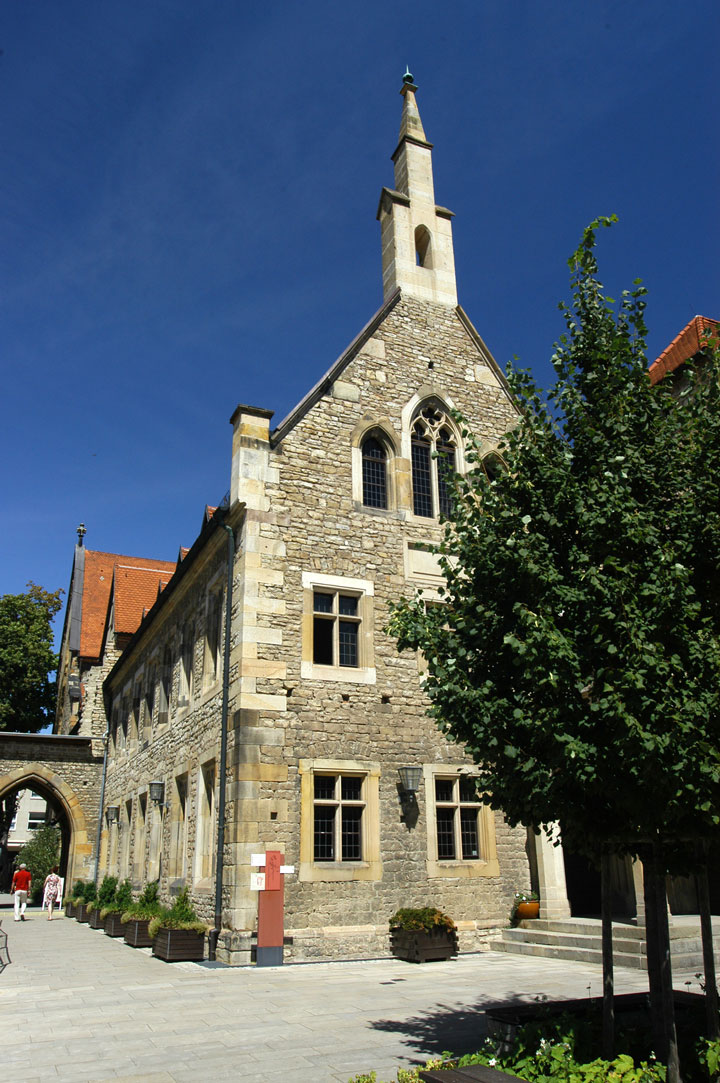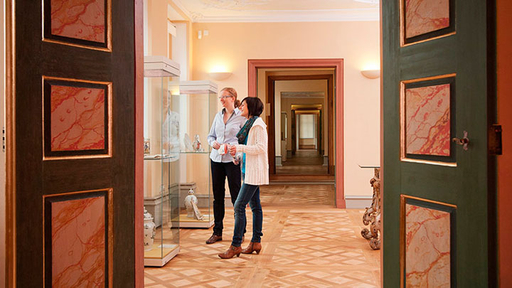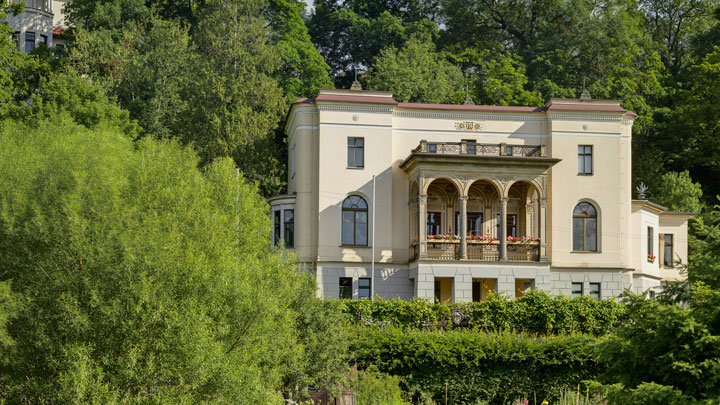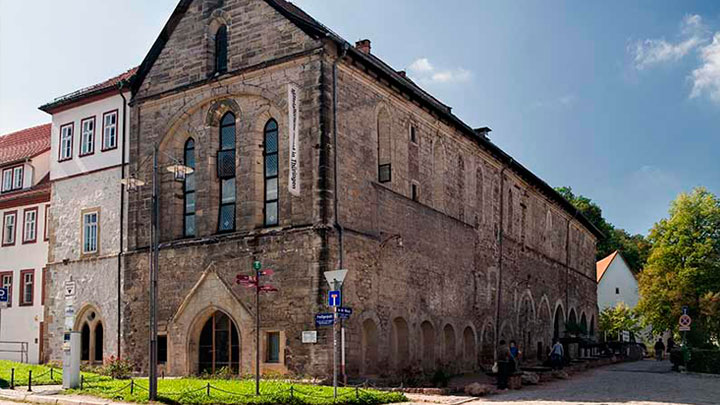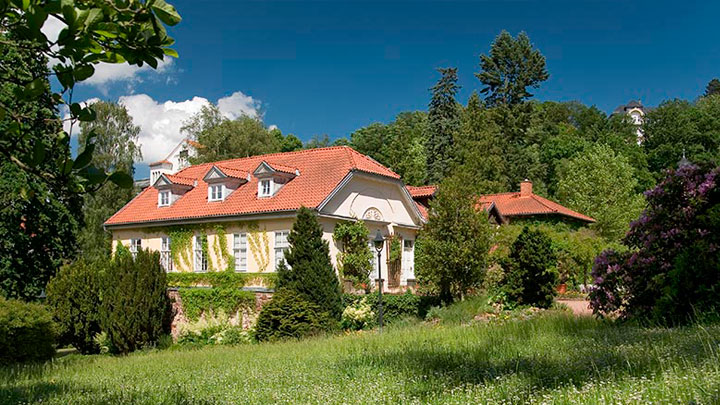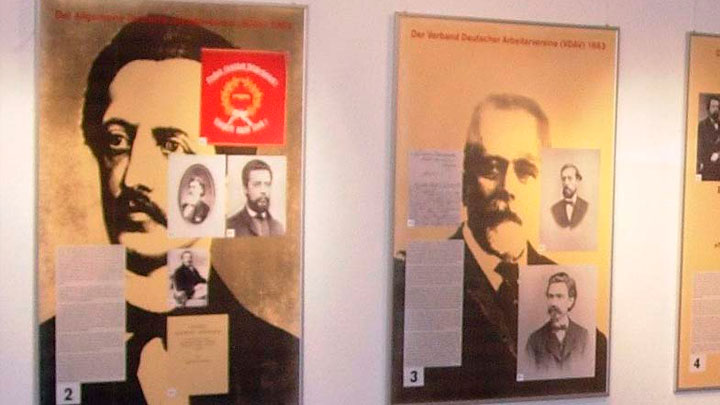Bachhaus
The world-wide first and largest museum dedicated to the composer Johann Sebastian Bach is located in his native town Eisenach. Since 1907 visitors have marvelled at the collection on Bach’s life and his music.
In Bach’s native town there is the largest Bach-museum in the world: Authentic living rooms in the historic part of the museum give an insight into the life of the family of town musicians Bach at around 1700. The adjacent award-winning new building is dedicated to Bach’s music in a multimedia designed, exciting exhibition.
Hovering “Bubble-Chairs“ and the “walk-in piece of music“ invite to an extraordinary musical enjoyment. Special extra: In the instrument hall all visitors can enjoy a little live concert, played on baroque keyboard instruments. In the baroque garden and the “Café Kantate“ it is wonderful to stay for a while.
